Your cart is empty
Keep ShoppingMāori carving techniques used to make jade necklaces
In pre-1800, New Zealand jade was crafted by Māori into tools, weapons, and items of adornment. The stone was shaped into adze to use as a wood-cutting tool, mere to strike opponents in battle, and suspended from flax cord as hei tiki and worn as a connection to ancestors.
Yet, as New Zealand jade (also known as pounamu to Māori) was a hard and durable stone, how did they manage to shape it? What traditional Māori carving techniques were used to craft the jade necklaces they wore and the weapons and tools they wielded? And how do these techniques differ from modern-day ones?
In this blog, you'll get a new appreciation for the craft as we learn how labour-intensive traditional Māori carving techniques were.
Traditional Māori carving techniques - Abrasive stones

Abrasion was the most valuable Māori jade carving technique. This is where a harder material is rubbed against a piece of jade with an applied abrasive substance so that it’s slowly worn down to the desired shape. It's a very labour-intensive process and carving one jade necklace could take weeks or months. It was used in every step of the carving process.
Breaking fragments of jade from the larger mass

With a large wooden hammer Māori would hit smaller fragments of jade from the larger mass down pre-cut grooves. To make sure the fragments broke from the larger mass in the desired direction, large grooves were cut into the jade by rubbing sections with an abrasive quartz rich mica schist. Quartz is harder than jade (Quartz 7, Jade 6.5) therefore rubbing slowly wore grooves into the piece of jade. Māori would rasp grooves on opposing sides of the boulder using the abrasive method. When the grooves were close to meeting in the middle, one side of the boulder would be hit and it would snap down the groove.
Shaping the piece of jade
Having snapped off a fragment of jade along the cut groove, Māori craftsmen then had to smooth its surface by rubbing it on a piece of sandstone. Through extremely long periods of rubbing a smooth finish would be achieved.
Drilling holes in the piece of jade
Using the Māori stick sand and water hand drill was the most time consuming part of the Māori carving process. In some instances Māori drills were tipped with stone and used to create the first impression in the piece of jade. In other instances two cuts were made at right angles. Where they met, there was a small depression where the drilling of the hole would begin. Flax rope was almost always wound around the shaft and pulled back and forth to create a fast reciprocal drilling motion.
Modern carving techniques - Diamond tools

Today, we use diamond impregnated tools to carve jade. It's far more efficient. Like traditional Māori carving technique's and tools they are all abrasive, however, ours are synthetic and machinated to run over 2500 times faster than hand carving techniques. We are also able to create abrasives with a much harder surface than naturally occurring stones such as quartz which pre-European Māori used. These synthetic diamond tools make modern carving faster and more precise.
LEARN MORE ABOUT MODERN DAY CARVING
Armed with this knowledge it’s easy to see why jade was such a taonga (treasure) to Māori. It was a labour of love.
Further reading: We recommend you purchase 'Pounamu' by Russel Beck if you're interested in learning more about New Zealand pounamu and Māori carving techniques. It's the most complete compendium on New Zealand pounamu to be published.
The header of the article shows a jade rock which was carved hundreds of years ago with traditional Maori tools. Grooves were rasped on either side of the boulder. When close to meeting, the side of the rock was hit to snap it in half. This is how Māori cut jade boulders.
-

Māori traditions when buying pounamu. Answering your FAQs.
When it comes to buying pounamu, some of our customer's most frequently asked questions surround Māori traditions and customs, such as blessing and gifting pounamu, identifying traditional designs, and what to...
-
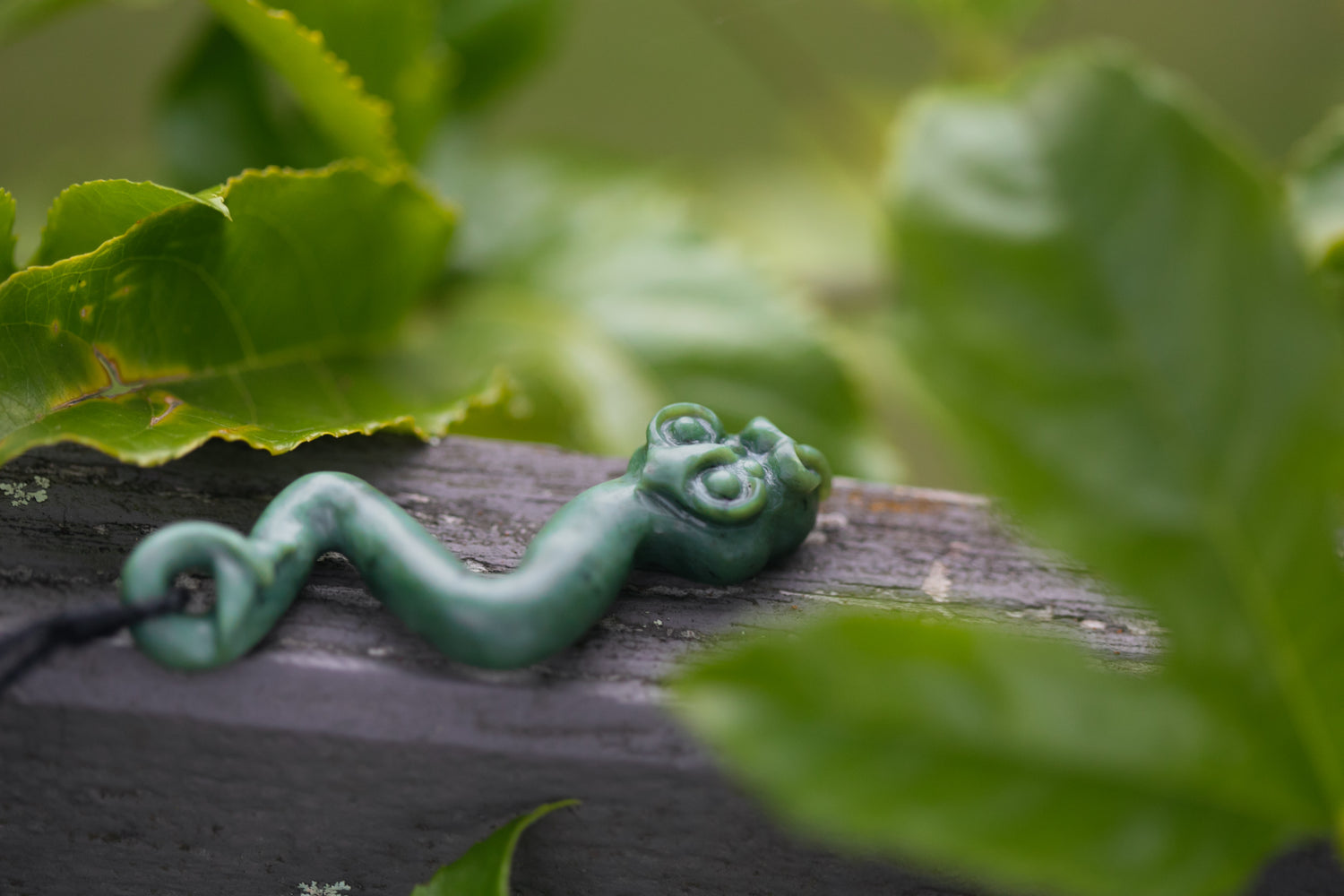
Mythological creatures in Māori culture.
Māori culture is rich in pūrākau (legends), and within these legends, mythological, supernatural, and magical creatures are featured prominently, often acting as kaitiaki (guardians) of people or places worth protecting....


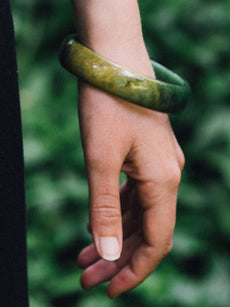
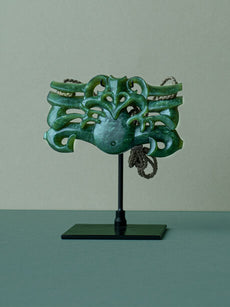
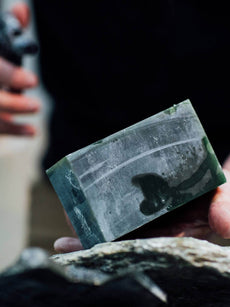
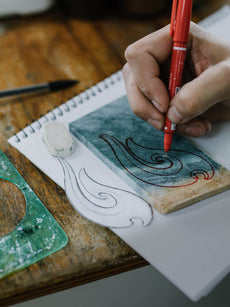

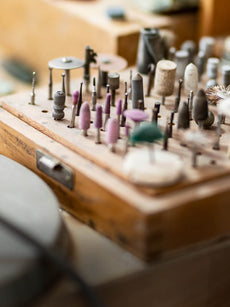

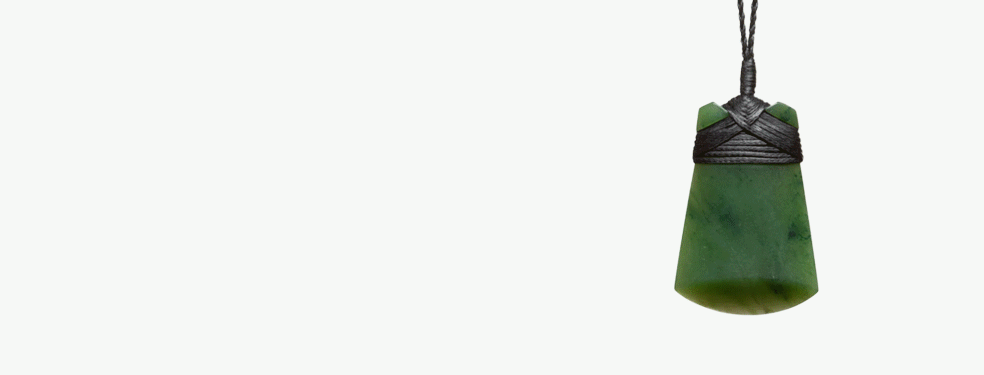
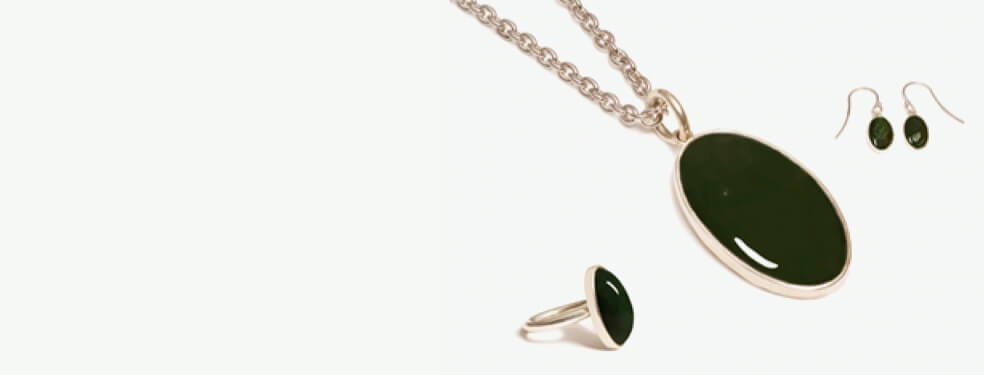

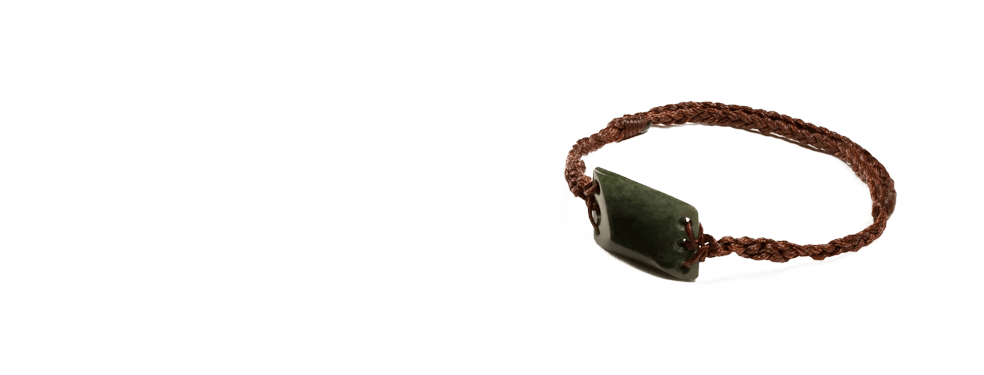


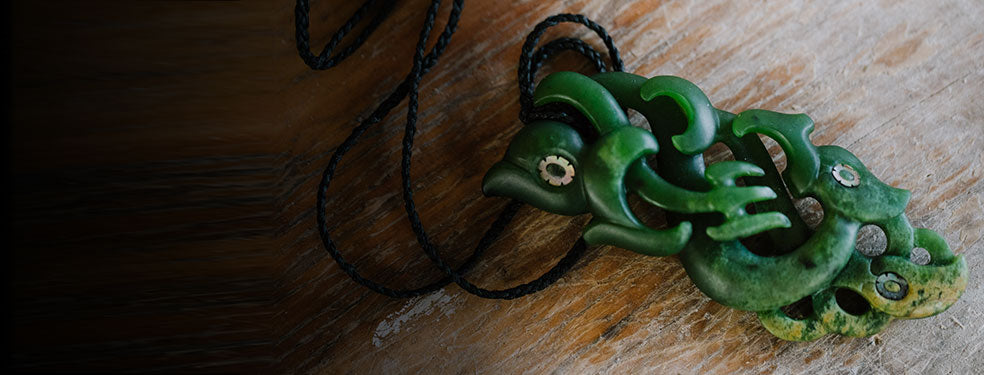






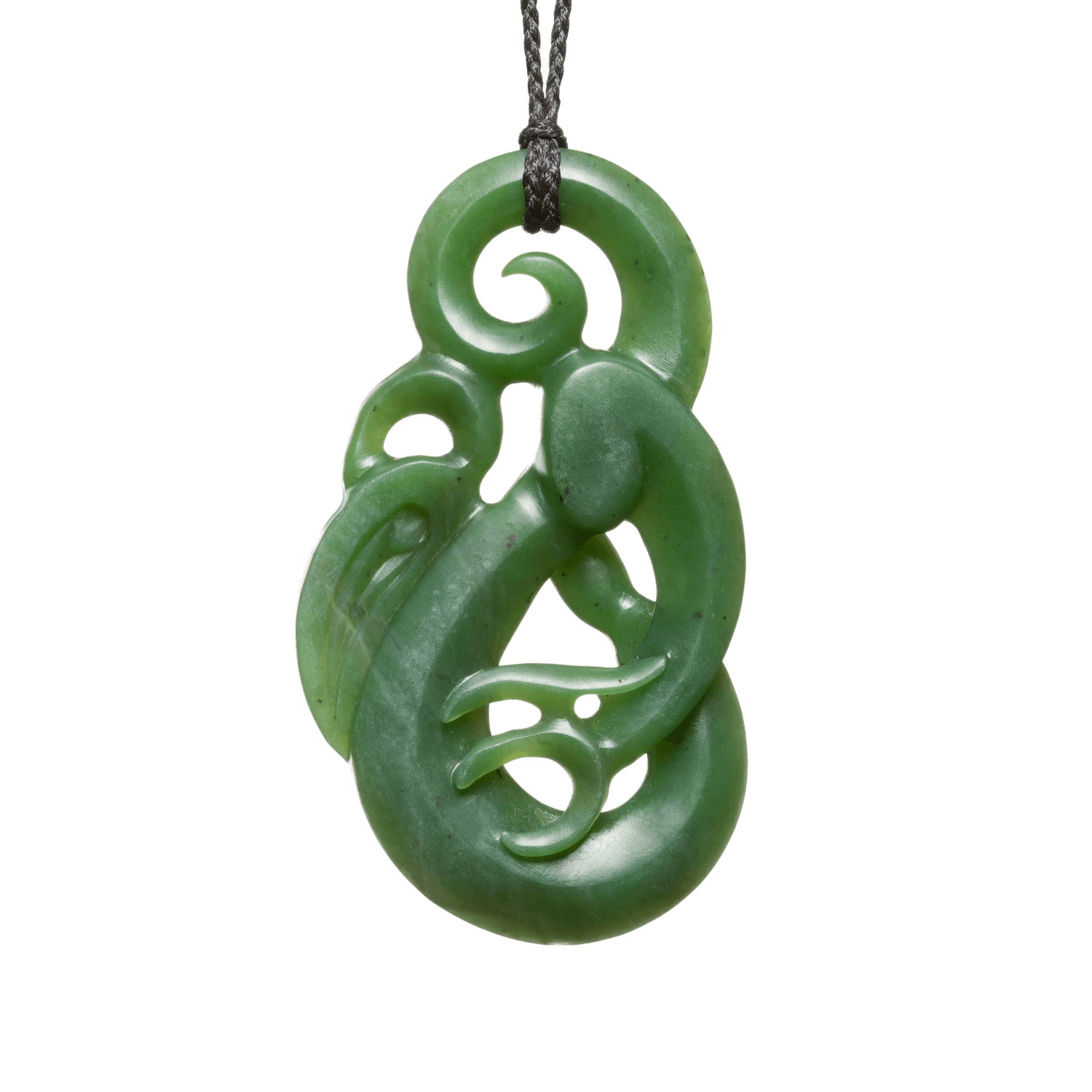
Follow Us
Stay in the know on new releases, special offers, and more.